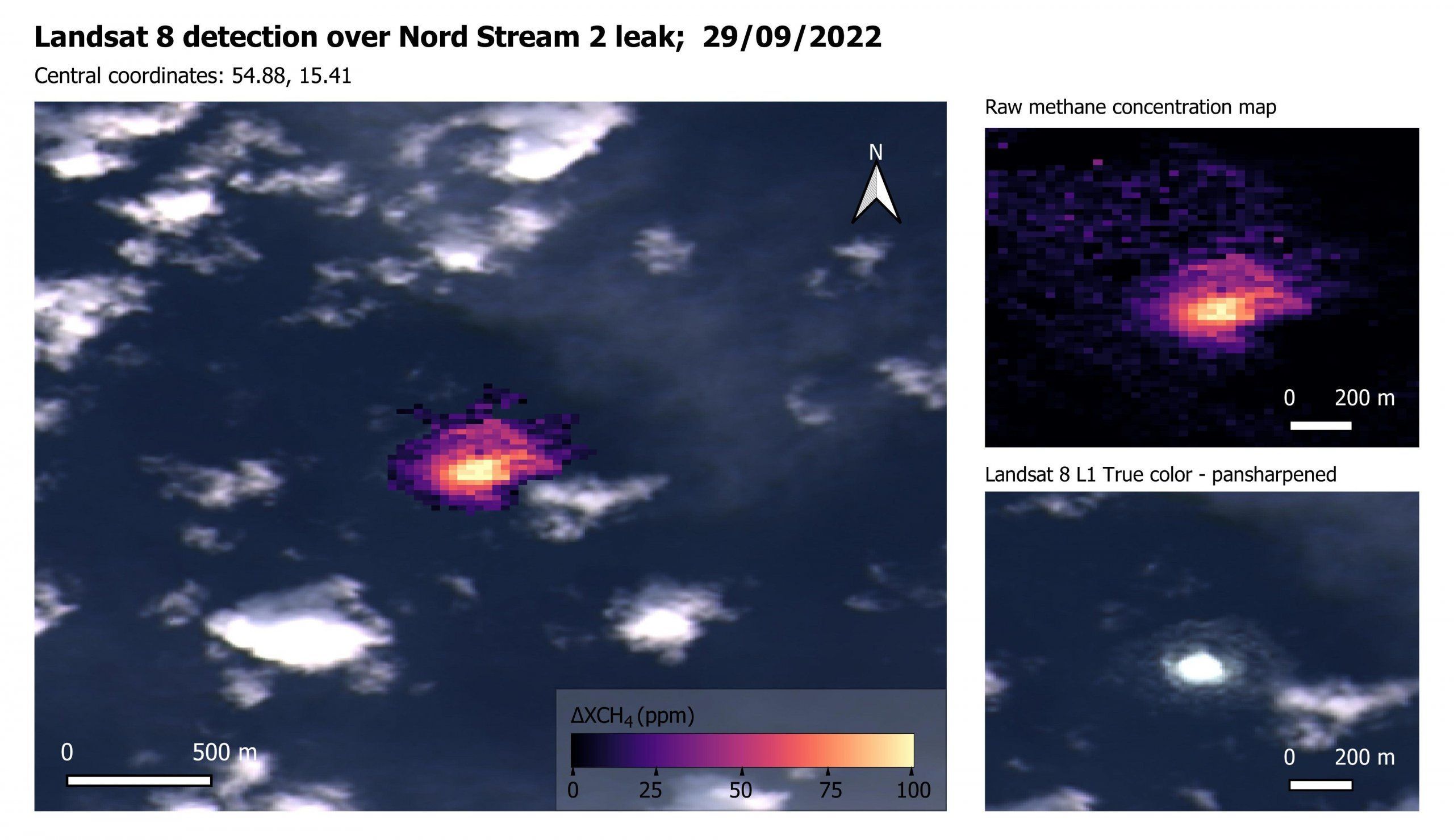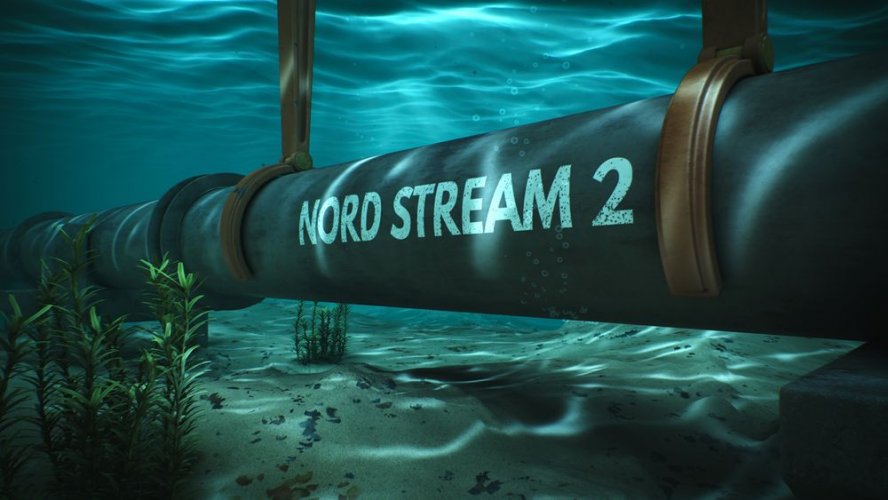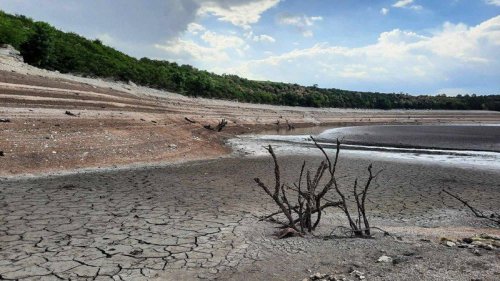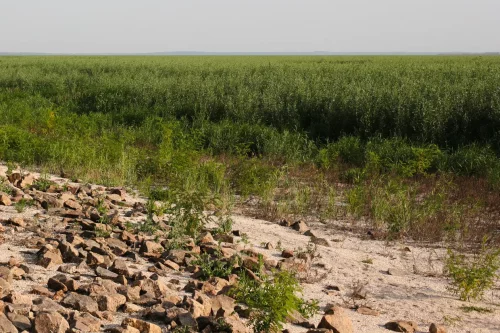In the Baltic Sea, a large-scale methane leak caused by an explosion at the Nord Stream pipelines could cause a new climate catastrophe.
According to preliminary German estimates, about 300,000 metric tons of methane entered the atmosphere, reports Bloomberg.
Such calculations were carried out by the Federal Environment Agency of Germany on the basis of the estimated filling status and volume information from the two pipelines.
"That amount of the gas would have roughly the same climate impact over a 20-year period as the annual emissions from about 5.48 million US cars," the article explained.
Despite the fact that the Nord Stream 1 gas pipelines were shut down and Nord Stream 2 was not even started, they contained natural gas under pressure. Most of which is methane.
The Agency's specialists assumed that the entire contents of the pipes would leak, because they do not have containment mechanisms.
The German Ministry of the Environment noted that although methane is harmful to the climate, it does not pose a significant threat to the marine environment.
Bloomberg also reported that researchers from the Polytechnic University of Valencia, Spain, analyzed satellite images of the crash site. They discovered plumes of methane from the Nord Stream that are significantly larger than those formed during the so-called superemitter events in the Gulf of Mexico in 2021.
The researchers found that the apparent radius of the explosive gas had shrunk from 700 meters wide on September 26 to 520 meters wide on September 29. Calculations of the size of the methane leak from Nord Stream are ongoing.


As you know, methane is a very powerful greenhouse gas, which is 80 times higher than the short-term warming potential of carbon dioxide.
Earlier, EcoPolitic wrote, that according to the National Oceanic and Atmospheric Administration, methane levels in the atmosphere increased by 17 parts per billion in 2021 and reached an all-time high.
As EcoPolitic previously reported, new research from Stockholm University, Sweden, has shown that current rates of warming will put the Earth at risk of crossing six dangerous climate tipping points. This will lead to disruption of the Earth's systems and will have catastrophic consequences.





